Privacy protection in educational Apps: A guide for parents and educators
In today’s digital era, the use of educational applications and online learning tools has grown exponentially. The pandemic accelerated this trend, leading students of all ages to increasingly rely on digital platforms for their education. However, with this increase in the adoption of educational technologies, a crucial concern arises: the protection of students’ privacy.
Privacy is a fundamental right, and protecting children’s personal information in the digital environment is essential. Below, we will explore the risks associated with the use of educational applications and offer practical advice for parents and educators on teaching children about the importance of privacy.
Educational applications, although useful, can present significant privacy risks. Many of these applications collect personal data from users, which may include information such as full names, email addresses, geographical locations, and usage habits. This information, if not managed properly, can be compromised by third parties, putting students’ privacy at risk.
One of the most common risks is data collection without proper consent. Some applications may collect more data than necessary for their operation, using this information for commercial purposes such as targeted advertising. Additionally, there is the risk of security breaches, where hackers can access sensitive information stored by these applications.
To mitigate these risks and protect students’ privacy, it is vital that parents and educators take proactive measures. Here are some practical tips:
- Review privacy policies: Before using any educational application, it is essential to review its privacy policy. This policy should detail what data is collected, how it is used, and with whom it is shared. Ensure that the application complies with privacy regulations, such as the Law on the Protection of Individuals Regarding the Processing of Their Personal Data in Costa Rica, the General Data Protection Regulation (GDPR) in Europe, or the Children’s Online Privacy Protection Act (COPPA) in the United States.
- Privacy settings: Once an educational application has been chosen, adjust the privacy settings to maximize the protection of personal data. This can include disabling options that allow the collection of additional data. Many applications offer advanced settings that allow control over what information is visible and with whom it is shared.
- Application Permissions: Review and limit the permissions that the application requests. Many applications ask for access to the camera, microphone, or device location, permissions that are not always necessary for their operation. Limiting these permissions can significantly reduce privacy risks.
- Use Evaluation Tools: There are tools and resources designed to assess the security and privacy of educational applications. Websites like Common Sense Media offer detailed reviews on the privacy of various applications, helping parents and educators make informed decisions.
Educating children about the importance of online privacy is crucial for protecting their personal information. Creating games where they decide what information to share, assigning research tasks on educational applications and their privacy policies, and organizing workshops led by experts to configure privacy settings are effective activities.
The protection of privacy in educational applications is an essential aspect of ensuring a safe and healthy learning environment for students. By taking proactive measures and educating children about the importance of privacy, parents and educators can help protect students’ personal information. In this constantly evolving digital world, privacy must be a priority for all of us.
By implementing these tips, we help ensure that our young people learn and grow in a safe and protected environment, both in the classroom and at home.
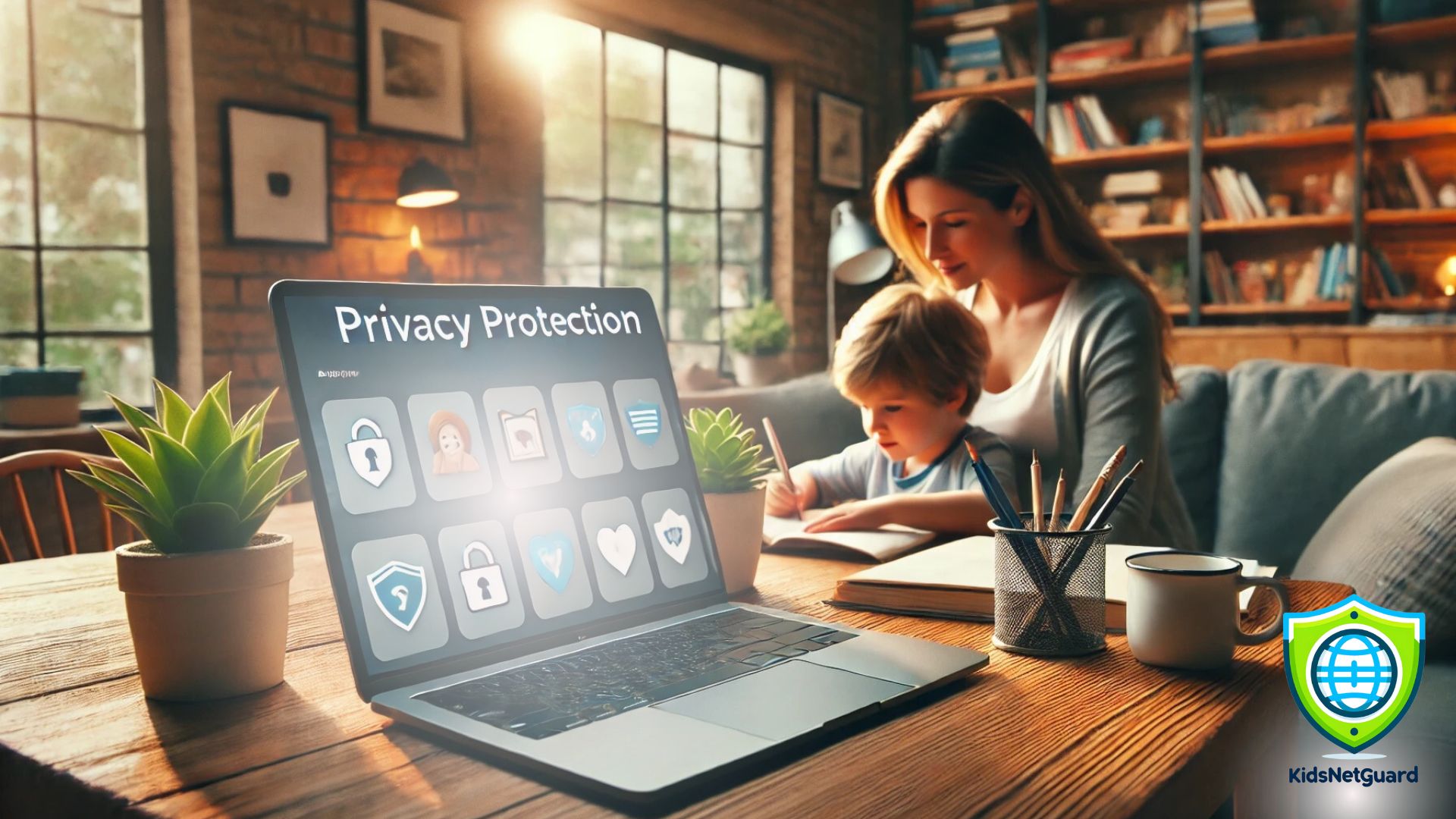

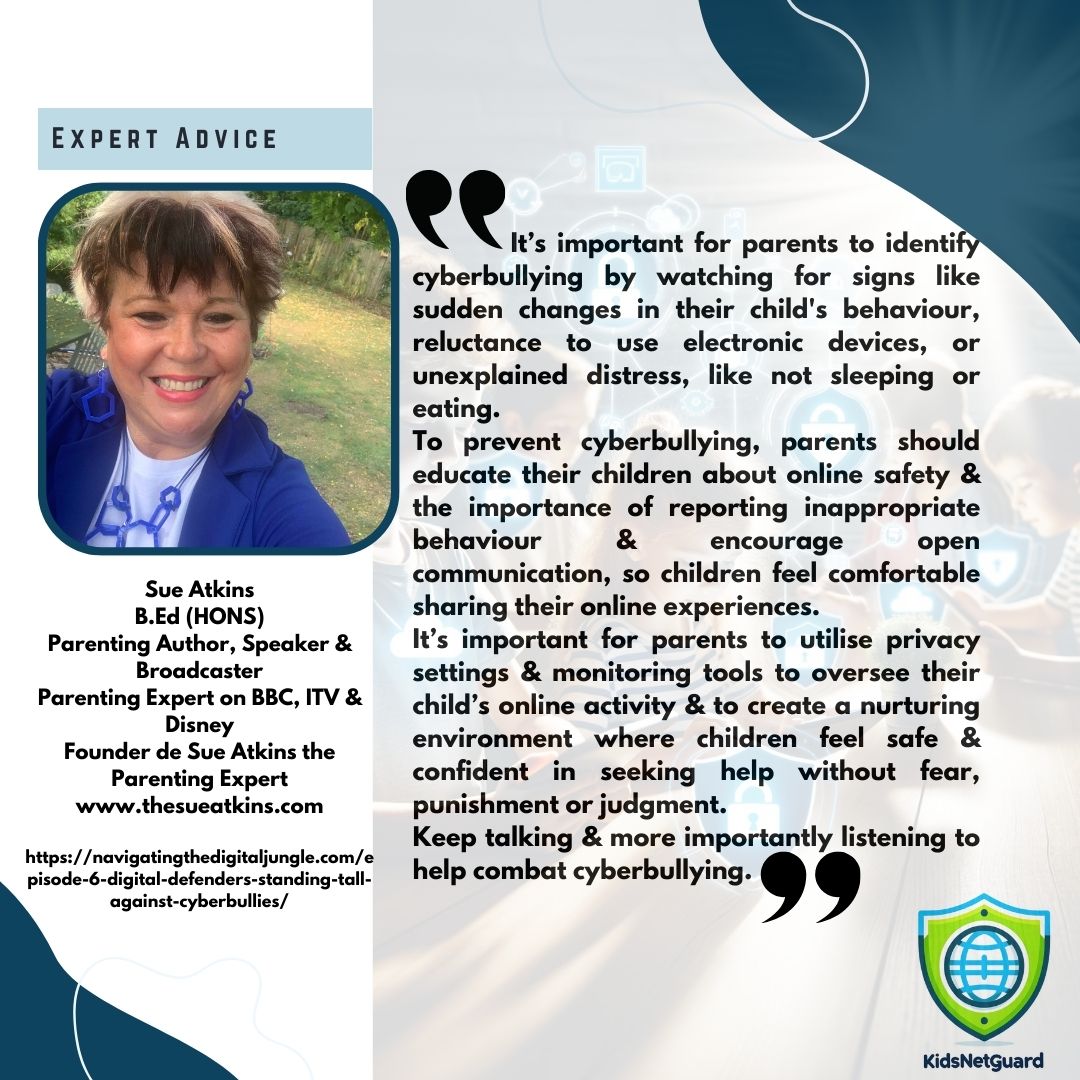

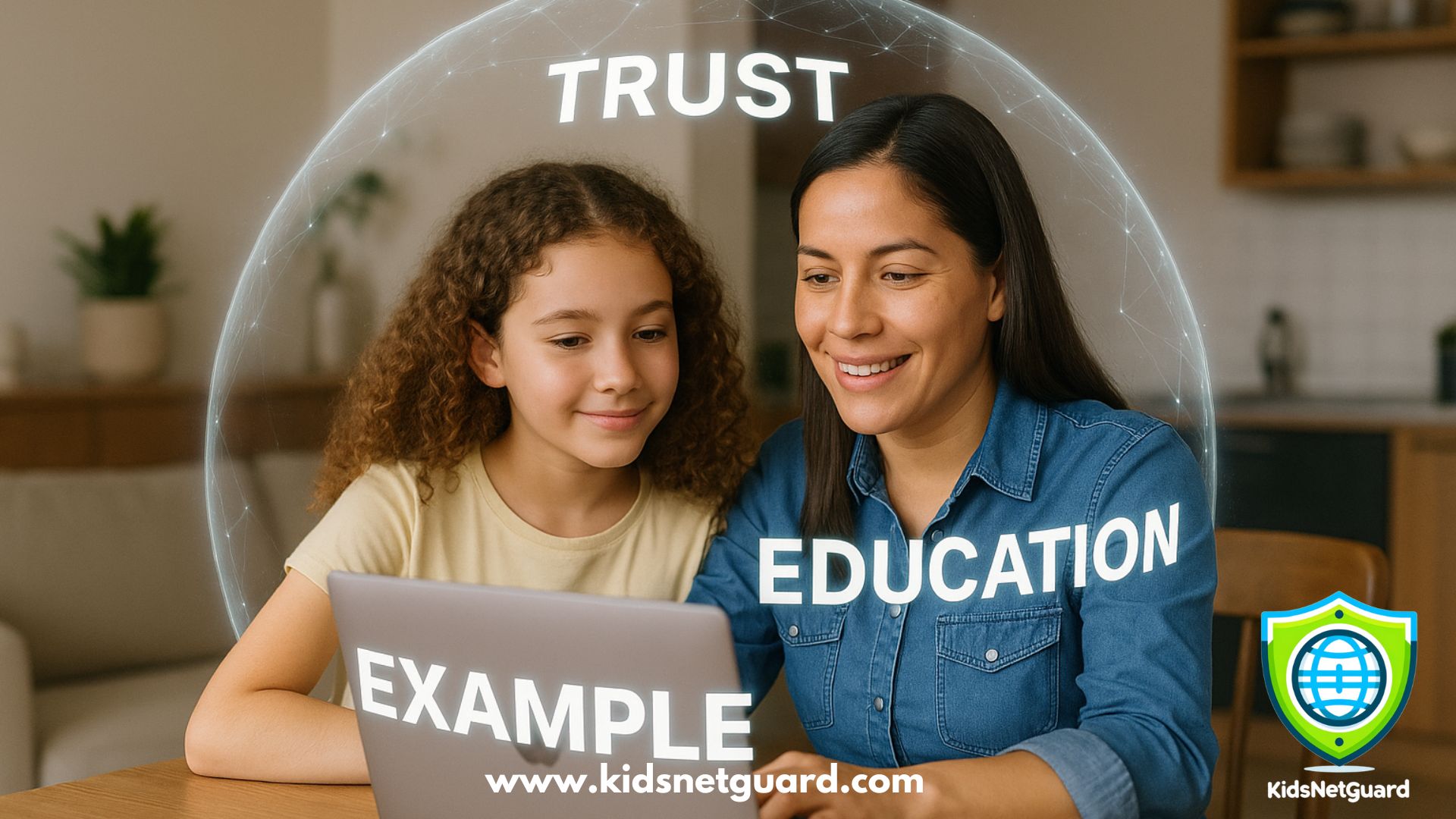

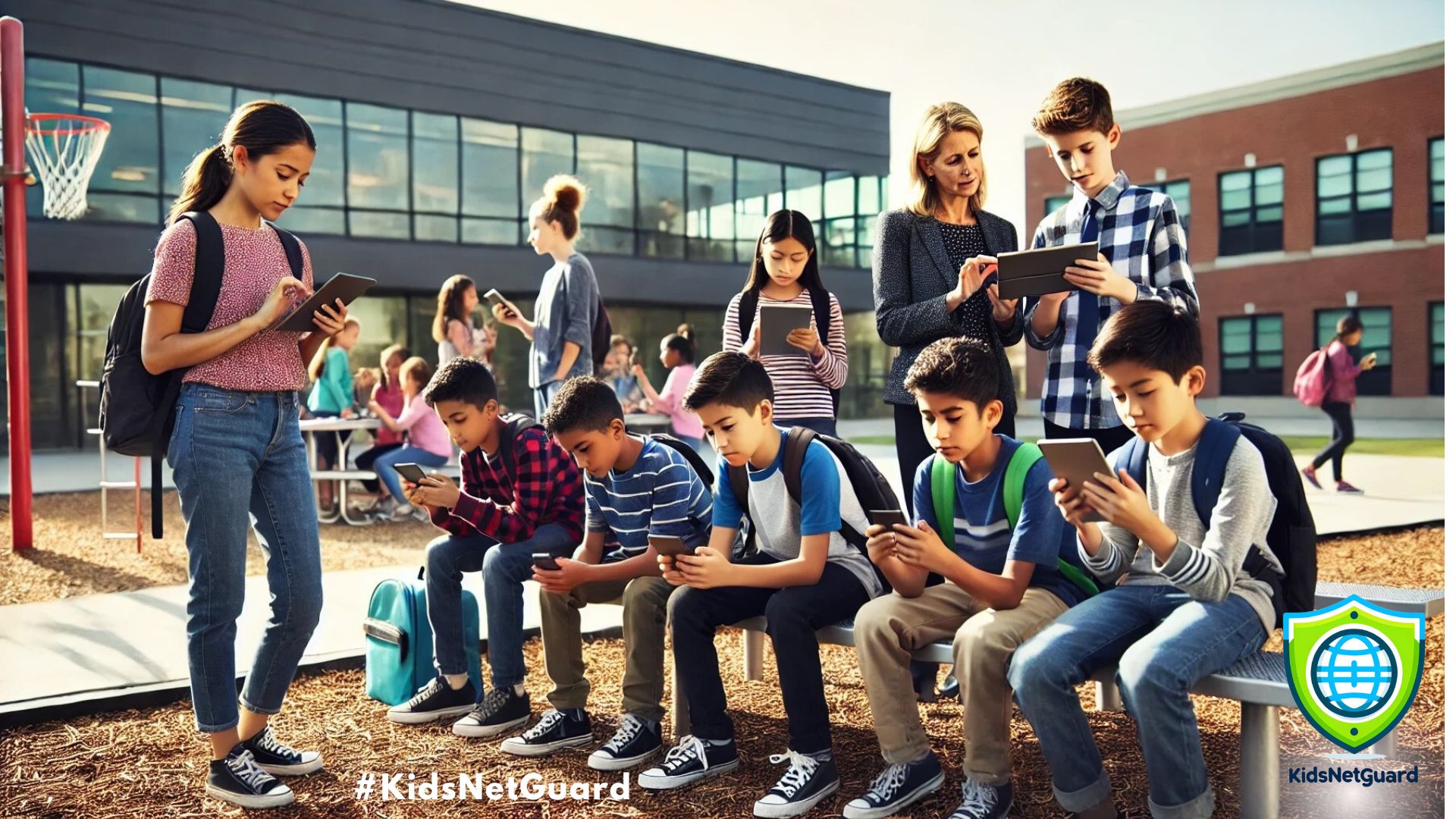
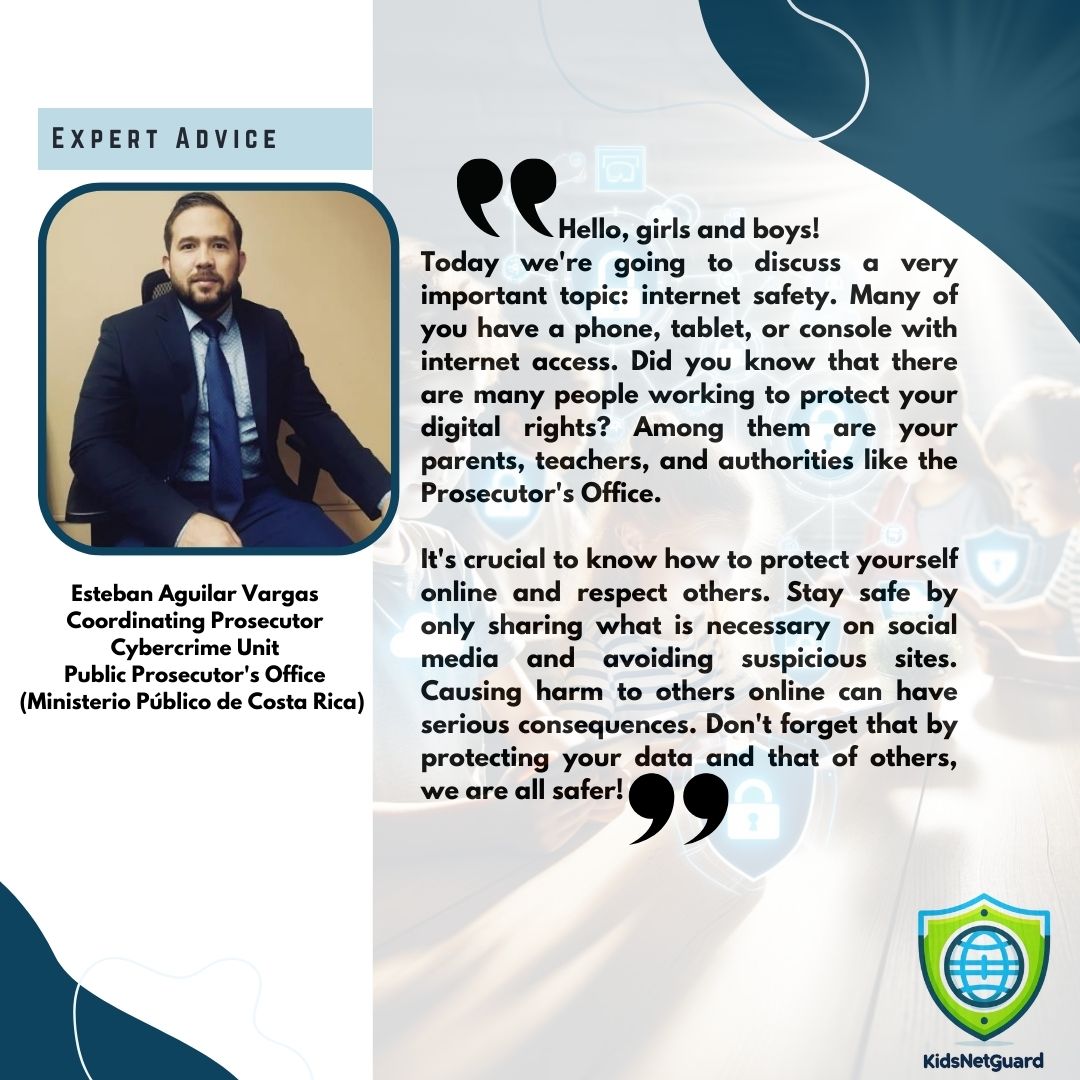

Post Comment